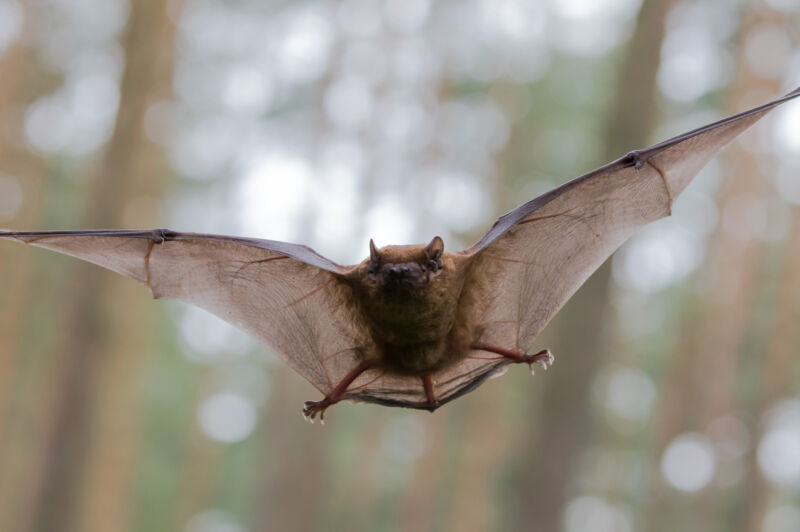
Enlarge / Bats, remarkable little things. (credit: Bernd Wolter / EyeEm)
Life, for most of us, ends far too soon—hence the effort by biomedical researchers to find ways to delay the aging process and extend our stay on Earth. But there’s a paradox at the heart of the science of aging: The vast majority of research focuses on fruit flies, nematode worms and laboratory mice, because they’re easy to work with and lots of genetic tools are available. And yet, a major reason that geneticists chose these species in the first place is because they have short lifespans. In effect, we’ve been learning about longevity from organisms that are the least successful at the game.
Today, a small number of researchers are taking a different approach and studying unusually long-lived creatures—ones that, for whatever evolutionary reasons, have been imbued with lifespans far longer than other creatures they’re closely related to. The hope is that by exploring and understanding the genes and biochemical pathways that impart long life, researchers may ultimately uncover tricks that can extend our own lifespans, too.
Everyone has a rough idea of what aging is, just from experiencing it as it happens to themselves and others. Our skin sags, our hair goes gray, joints stiffen and creak—all signs that our components—that is, proteins and other biomolecules—aren’t what they used to be. As a result, we’re more prone to chronic diseases such as cancer, Alzheimer’s and diabetes—and the older we get, the more likely we are to die each year. “You live, and by living you produce negative consequences like molecular damage. This damage accumulates over time,” says Vadim Gladyshev, who researches aging at Harvard Medical School. “In essence, this is aging.”





